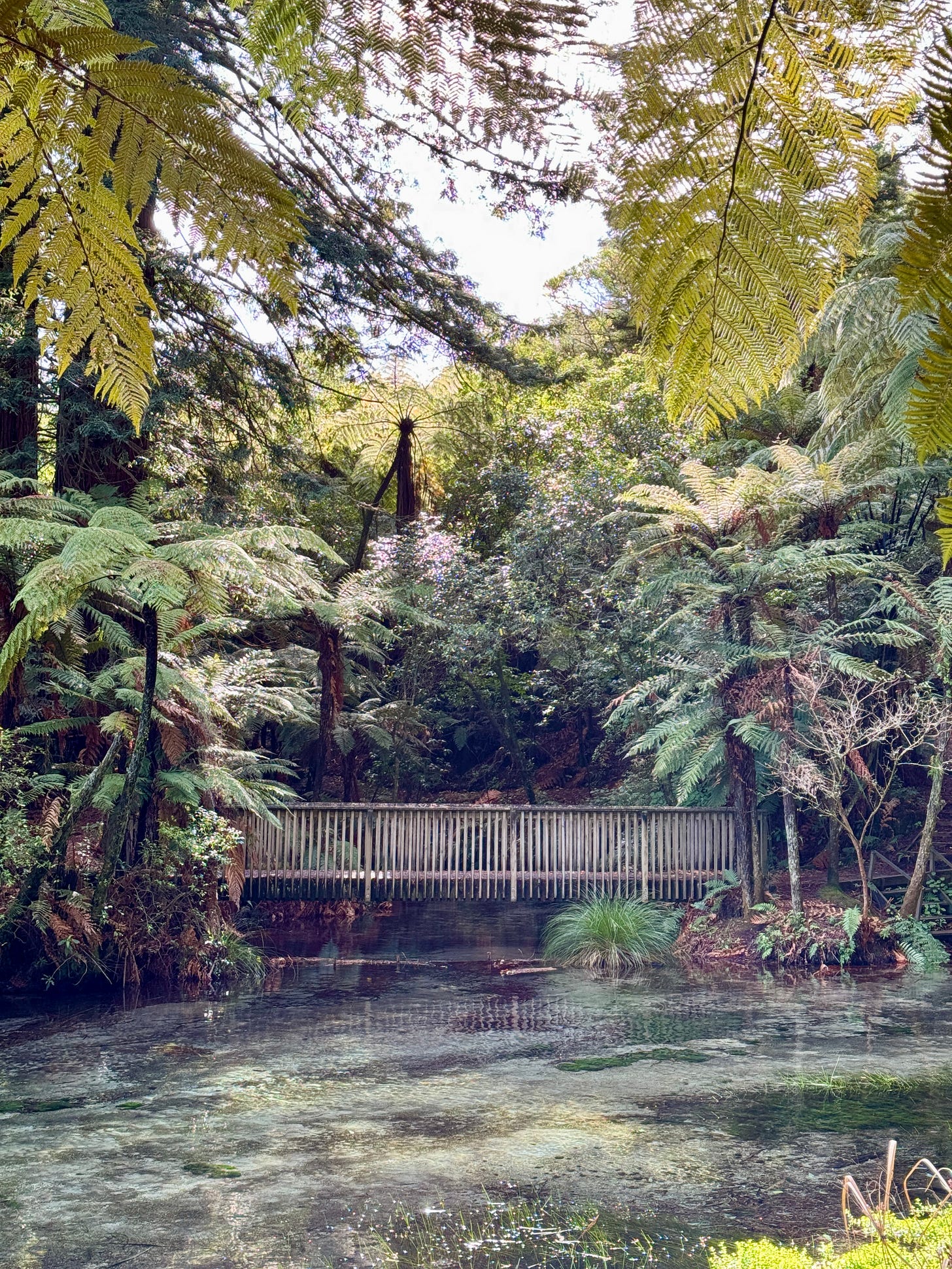How humidity is changing in the Hudson Valley
Has it always been this muggy or is summer trending stickier? Let's dive into the data.
Patterns of extreme humidity have flooded the United States over the past week, breaking records in several northern states.
You would have noticed it whether you live in Montgomery, Minneapolis, or Miami.
Summer is the most humid season of the year according to the dew point, a direct measure of water vapor in the air near the ground. A warmer atmosphere can hold more water vapor, which means that dew points are, on average, highest during summer.
The power of the sun causes water to evaporate from oceans, rivers, and the soil, increasing moisture and generating excessive humidity levels that people feel.
Behind this week’s extreme humidity was an air mass that took a winding, week-long, 4,000-mile journey northward from the Caribbean islands to the Northeast, bringing tropical weather to people that live far from the tropics.
Humans regulate their body temperature by the evaporation of sweat from their skin, a process that becomes less efficient in a humid environment where the air is already nearly saturated with moisture.
But has it always been this humid in the Hudson Valley? Or is the current surge in muggy weather part of a long-term trend?
To help answer this question, I downloaded over eight decades of summer dew point data for the Hudson Valley.
I uncovered statistics for the Hudson Valley, including:
The most humid months of the year
The months with the most very humid days
How humidity is changing
Whether you like it or not, the sticky weather is here to stay.



